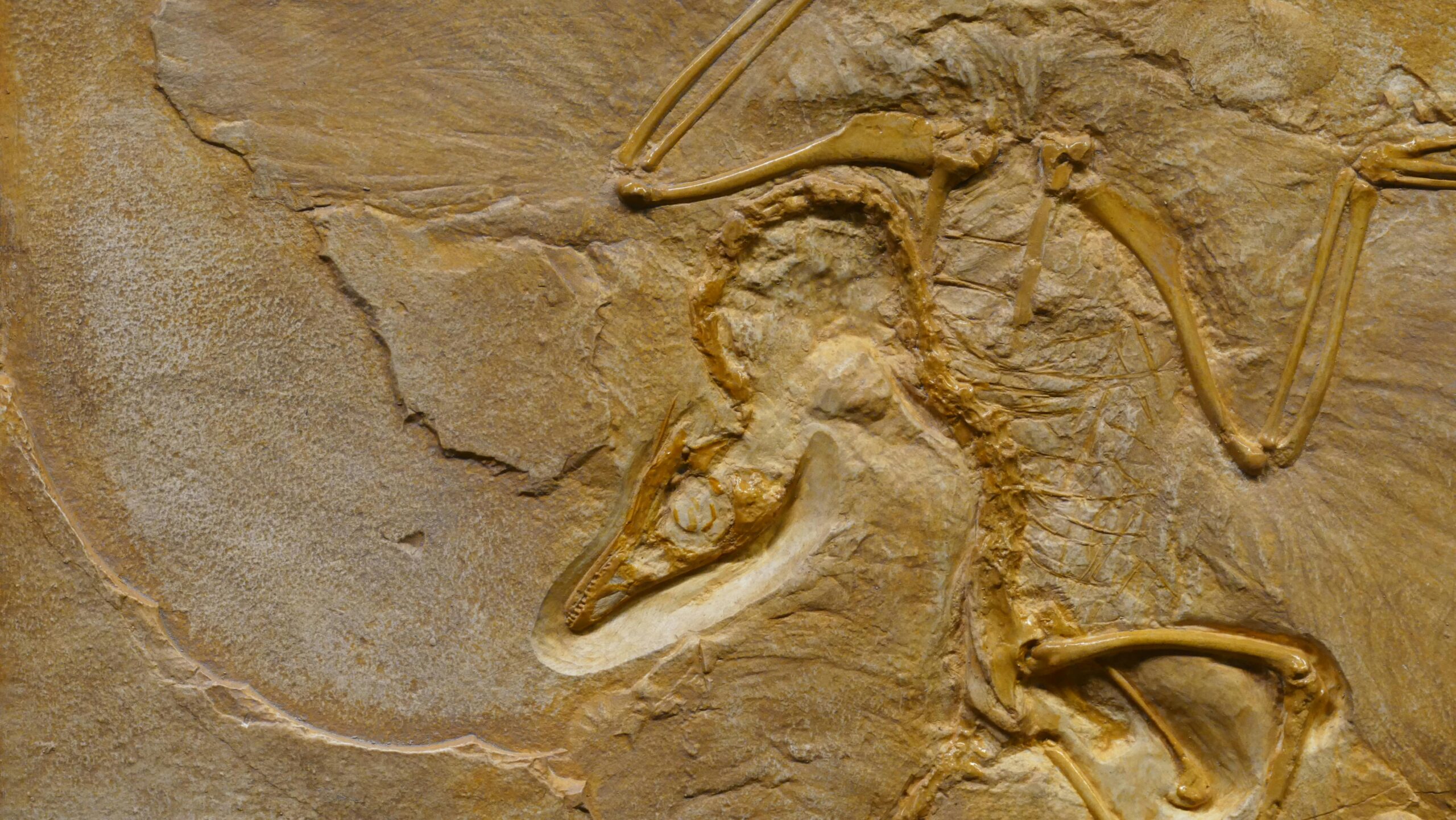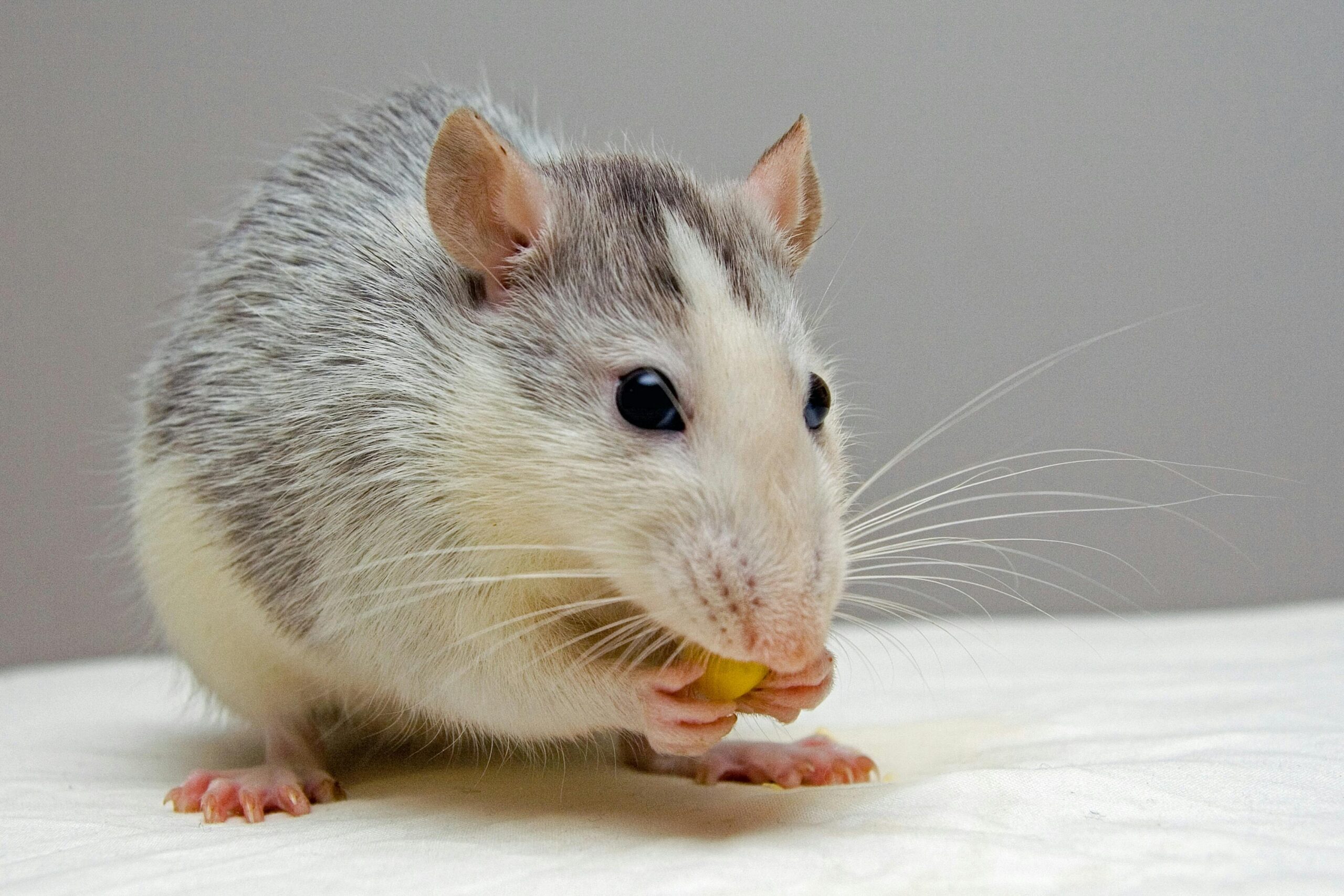(image credit: by Marcus Lange)
While dinosaurs like T. rex and Argentinosaurus capture our imaginations with their size, some dinosaurs were tiny! Meet Microraptor—a dinosaur so small it was about the size of a modern crow, with feathers and wings on both its arms and legs.
Meet Microraptor: A Miniature Marvel
When you think of dinosaurs, you probably imagine towering giants crashing through forests. But not all dinosaurs were massive. Some were downright tiny—and among the smallest was Microraptor, a feathered dinosaur that lived around 120 million years ago during the Early Cretaceous period.
Despite being a dinosaur, Microraptor was about the size of a modern-day crow or small hawk, with a body length of roughly 2.5 to 3 feet and weighing less than 2 pounds! Imagine a dinosaur you could practically hold in your arms—feathers, claws, and all.
Wings on Arms and Legs: Like a Tiny Dragon
One of Microraptor’s most extraordinary features was that it didn’t just have two wings like a bird—it had four wings.
Both its arms and legs were equipped with long feathers, making it look almost dragon-like. These unique adaptations suggest that Microraptor was capable of gliding between trees in the dense forests where it lived, much like a flying squirrel today.
Scientists believe that Microraptor represents a critical evolutionary step between ground-running dinosaurs and true flying birds. Its feathers and skeletal structure show early innovations in flight—though it likely glided rather than powered itself like modern birds.
Feathers: More Than Just for Flying
Fossils of Microraptor are so well-preserved that paleontologists have even detected pigment cells in the feathers.
Analysis suggests that Microraptor may have had an iridescent, shiny black plumage, much like a crow or raven.
Its beautiful, shimmering feathers might have been used not only for gliding but also for displaying to attract mates or intimidate rivals.
Small But Significant
Even though it was tiny compared to its giant cousins, Microraptor holds an enormous place in dinosaur history.
It provides crucial evidence that feathers evolved for more than just flight—perhaps initially for insulation, camouflage, or display. And it reminds us that evolution can favor both size and speed, power and agility.
In a world where dinosaurs ruled both the land and the skies, Microraptor proves that sometimes, being small was just as mighty.


